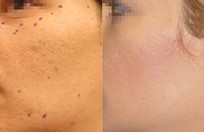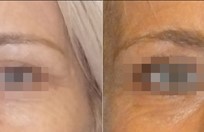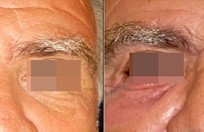Fraxel Laser resurfacing

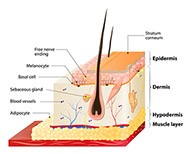

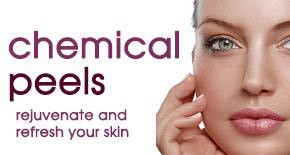
Loose, wrinkled or discolored skin can be improved by skin resurfacing. These problems are aggravated by age, sun exposure, heredity, smoking or acne. Skin resurfacing removes layers of skin, thereby revealing a newer, younger look more evenly colored layer of skin underneath. It can be used on the entire face or on specific areas like "smoker lines" at the upper lip, lower eyelids and around the eyes.
Resurfacing produces a tightening effect on the skin which can result in a smoother, less wrinkled or lined look. If you have a facelift or eyelid surgery you may be able to have skin resurfacing at the same time.
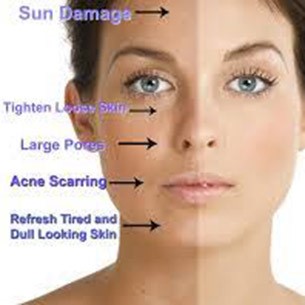
For more superficial skin resurfacing we use creams such as retinoic/salicylic acid or procedures such as diamond/crystal microdermabrasion and fraxel laser. We combine them with a light chemical peel like Mandelic acid (we call it "Mykonos peeling" because we can do it at summer time) or with radiofrequencies and ultrasound to tighten the deeper layers of the skin.
We also use deep skin resurfacing techniques like dermabrasion, phenol/croton oil peels and CO2/Erbium-YAG lasers to treat acne sacrs, photoaging or deep wrinkles around the face. From the above the phenol/croton oil peels are ideal for the wrinkles at the upper/lower lips and the lower eyelids.
The risks of skin resurfacing are few but include infection, pallor or abnormal healing: you must avoid sun exposure until the redness of your skin has gone. Remember, the deeper the peel-the better the result, but the longer will be the recovery time.
